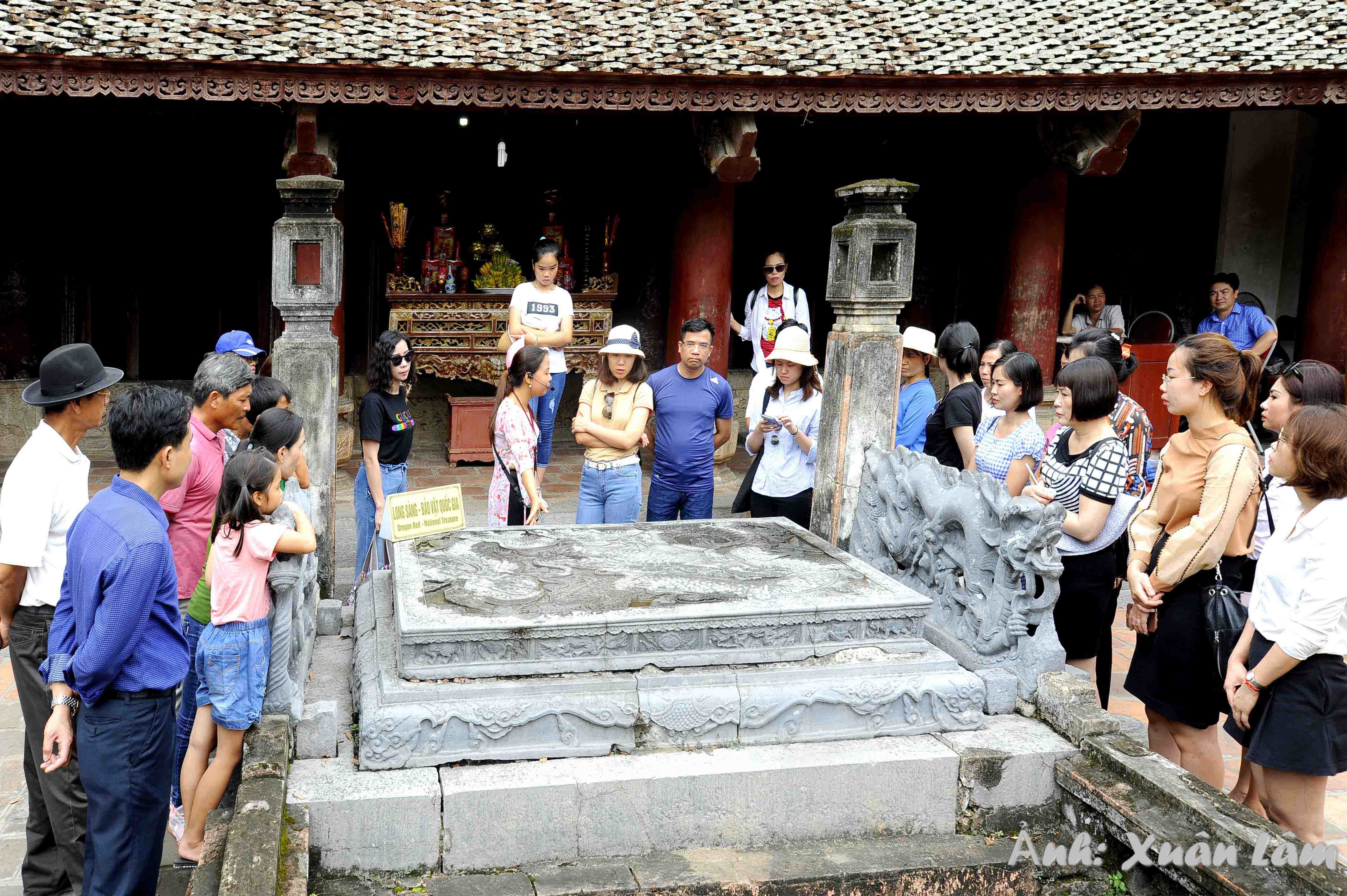Hoa Lu is the capital of Dai Co Viet (ancient name of Vietnam), nearly 10 centuries ago in Truong Yen Commune, Hoa Lu District, Ninh Binh Province, 100 km south of Hanoi. Hoa Lu Ancient Capital was previously about 300 hectares wide, surrounded by a series of arched mountains forming a majestic scenery.
The Hoa Lu Capital consisted of Thanh Noi, Thanh Ngoai and Thanh Nam. The Thanh Ngoai was about 140 hectares wide, located in the hamlet of Yen Thanh, Truong Yen Commune. This was the main palace that Dinh Tien Hoang Temple and Le Dai Hanh Temple area now is the center. In front of the palace is Ma Yen Mountain. The Thanh Noi, situated in Chi Phong Hemlet, Truong Yen Commune, was called Thu Nhi commune, where children and servants in the palacewere raised. Thanh Nam was located opposite and connected to the Thanh Ngoai. The high mountains surroundthis place and block the south of the capital.
In the East of the citadel, there are Cot Co Mountain, where the Dai Co Viet national flag is located; a waterfall where King Dinh reviewed his navy; Tien Cave to storenational property; Thien Ton Cave - the outpost of Hoa Lu and Am Tien Cave where the king confined tigers to punish the guilty.

Dinh King Temple, photo: Xuan Lam
The relic system in Hoa Lu Ancient Capital attached to the famous figures’ works in the history of the Dinh Dynasty, the Early Le Dynasty and the beginning of the Ly Dynasty. In 1010, King Ly Thai To moved the capital from Hoa Lu to Thang Long, Hoa Lu became the ancient capital. Although the Ly, Tran, Le, Nguyen dynasties were no longer based in Hoa Lu, they still continued to build more temples, pagodas, and tombs in the ancient capital.
In addition to Temples of King Dinh and King Le, people visiting Hoa Lu Ancient Capital can also visit the King Ly Thai To Stele, Yen Thanh Communal House, Nhat Tru Pagoda, Princess Phat Kim Temple, Phu Vuon Thien, Tombs of King Dinh and King Le. The journey back to the ancient capital is not just a trip, it also bring visitors back to the roots to understand more about the difficulties in building and protecting the country of the ancestors, about human and cultural values through the permanent architecture of the nation.